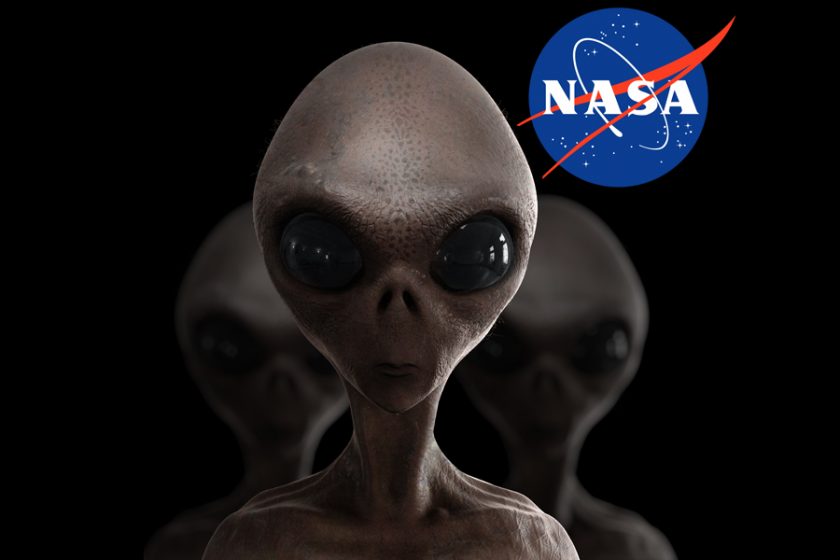We cannot say what the news will be, but it has sent alien hunters into an absolute frenzy, in the belief that NASA is going to reveal to all there is clear evidence that they have discovered life at one of the earth like planets that have been discovered by the Keplar telescope which has been trawling the universe in search of life.
The Keplar telescope was launched in March 2009 at a cost of £411 million and so far it has succeeded in locating 1000 alien worlds to date, although it’s thought that only 100 are like our own planet, but does one of these have evidence of life?
Now for some reason, it could be due to the Hollywood film industry, or maybe television with Star Trek and Captain Kirk, but the lives on other planets are pictured as little green men from Mars, or maybe an ET lookalike. All is due to be revealed by NASA who is to hold a television conference on May 10th so far we are told by top NASA Chief Scientist Ellen Stofan, “life is out there and we are going to have strong indications of life beyond Earth within a decade.” Now that statement does but a slight damper on the hopes of our alien hunters, but they are not that easily put off and are pinning their hopes on the news conference.
The Keplar telescope is high tech as you would expect, it works by recording tiny brightness dips caused when a planet crosses a star’s face, just like ours does in fact, so far the “telescope” has located a new Earth-sized world that had the potential to contain alien life, this has been named as “Keplar 452b” and it has the perfect temperatures for both water and life. In a similar way to our earth it orbits it star, or sun, star every 385 days with temperatures identical to our sun, all very promising so far then.
Scientists, as normal, are not committing themselves, but they do concede that this appears to be the closest planet yet to our own so far found by the planet hunting telescope. We will await the conference with baited breath in the hope that NASA has discovered people who are going about their daily tasks on Keplar 452b.



